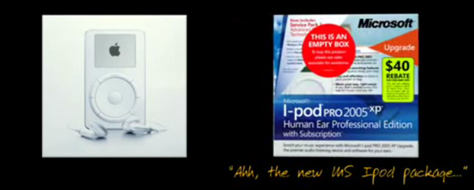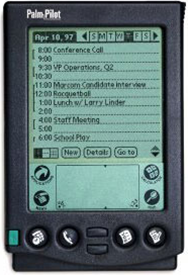One End of the Spectrum: User-Centered Design
The activities and methods of a traditional user-centered design process vary somewhat among practitioners, but the basic components are similar. User-centered design typically involves an element of research with the target audience and an iterative design process that lets UX professionals analyze designs and test them with representative users. The idea is to generate ideas for design by talking to potential users, then validate the resulting designs through real-world tests with those same users. Common techniques that are familiar to practitioners include task analysis, contextual inquiry, paper prototyping, card sorting, the creation of personas, and usability testing.
By focusing on user tasks and goals, user-centered design reduces users’ learning curve for a product and leverages their existing knowledge to maximize usability and value. We have traditionally judged the success of products that result from a user-centered design process by their learnability, efficiency in use, and the satisfaction that results from a user’s experience with a product.
While user-centered design’s success in developing usable systems justifies its popularity, there are several arguments against it. First, some doubt the value of the user-centered design process and question the investment of the time and resources a team needs to complete a range of research and testing activities. They point to successful designs that were developed by talented designers, applying only minimal user research at the outset of a project. This sentiment is especially prevalent among business owners, who feel they already understand the needs and goals of their target audience. Second, while listening to users within a research context helps make designs more usable and efficient to use, many question whether it leads to new thinking or innovative ideas. Users are not designers, and they are rarely good at thinking of creative design solutions to their problems. Relying too heavily on users’ suggesting solutions during the research or design phases of a project may steer well-intentioned designers in the wrong direction. This argument reminds me of the spoof video![]() in Figure 1, which shows what the iPod packaging would have looked like if a team at Microsoft had designed it by listening to requirements and suggestions from customers.
in Figure 1, which shows what the iPod packaging would have looked like if a team at Microsoft had designed it by listening to requirements and suggestions from customers.

For experience design, the second argument is particularly relevant. If users aren’t good at telling us what they want with regard to features for a design, they are likely not suited to talking directly about their emotional response to a design or the impact of their experience with an organization as a whole. Researchers and designers who focus too closely on what users ask for and who too rigidly follow a set process may not have the flexibility to see creative solutions that would meet the broader emotional requirements of a customer’s entire experience.
Finally, while increasing the efficiency and effectiveness of a user interface design through user-centered design are desirable goals, the needs of many user interfaces today are broader, incorporating social and human elements that go beyond usability.
The Other End of the Spectrum: Genius Design
An alternative to user-centered design is what some have called genius design. This approach to design forgoes user research and the iterative design and testing cycles of user-centered design in favor of relying on the skills of talented designers. The idea is that if a good designer focuses on solving users’ problems, the designer can use his or her skills to generate creative solutions without introducing the bias of users’ prior experience. This approach obviously requires fewer resources for user research and usability testing, and its intent is to develop unique solutions to specific user problems.
Proponents of this approach point to the success of innovative products and companies that leverage minimal user research in the design process. The success of the first Palm Pilot is an example. Jeff Hawkins, the creator of the Palm Pilot, spent most of his budget for the project on development and production of the product and had limited time for user research. He did develop a wood block prototype for himself, but there was limited time for user research and usability testing. The success of the product was credited to his adherence to his original vision for its design.

As one might expect, user-centered design advocates see several problems with the genius design approach. First, while examples of successful genius design are available, not all designs that result from a process involving minimal user research are successful. Even a great designer usually tries several unsuccessful ideas before developing one that actually works. The Palm Pilot is an example of this. Have you heard of the GRiDPadSize or the Zoomer? Likely not. Neither of those products was commercially viable. Both were hand-held PDA projects Jeff Hawkins was involved in before the Palm Pilot.
Many organizations cannot afford to risk the failure that might result from pursuing such projects or designs and point to user-centered design as a way of increasing their chances of success. Second, and most relevant to experience design, even if talented designers are adept at solving user problems, how can they be sure they are solving the right problems? Making assumptions about user problems and needs often results in product designs that don’t satisfy the needs of their intended audience. Similarly, users’ emotional response to a design may not align with the designer’s expectations.
